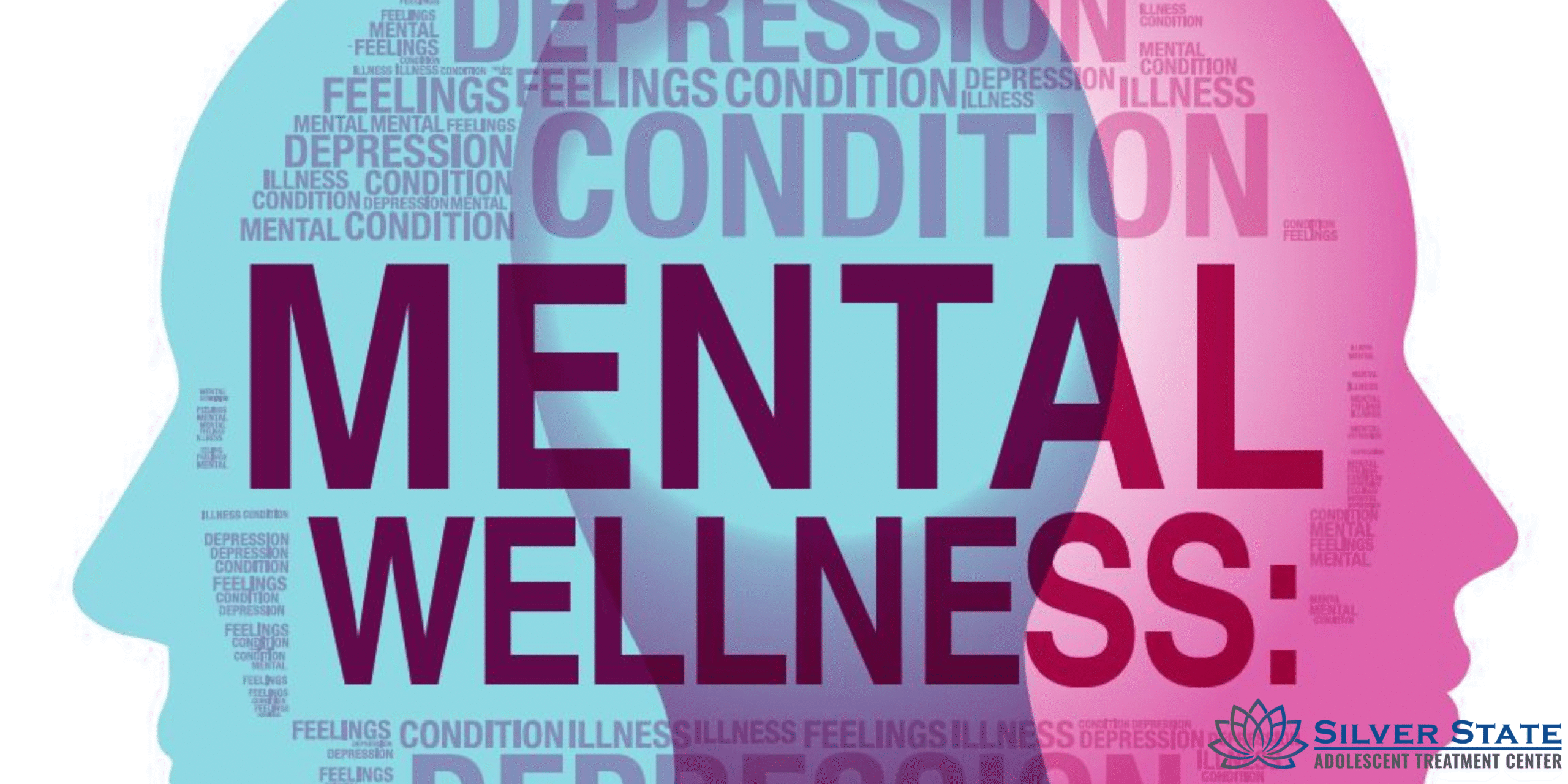How Cocaine Addiction Impacts College-Bound Adolescent Mental Health

Table of Contents
Key Takeaways
- Adolescent cocaine use has the potential to cause striking emotional, academic, and social impairments.
- For college-bound teens, there can be an extra layer of pressure and expectation that might lead them to try substances.
- That’s because cocaine addiction involves such problems as anxiety, depression, and poor decision-making.
- Measures that link to early intervention, good communication, and available treatment services may protect against long-term adolescent mental health issues.
- Creating awareness is crucial to students’ ability to arrive at the institution with a spirit of resilience and self-confidence.
Introduction
There has to be more to life, and one wonders if this is just how life is, until he enrolls in the university and realizes that there is more to life than he has been led to believe. It is indeed the experience of a lifetime! The journey from high school to college is undoubtedly one of the most fun-filled and, at the same time, daunting stages ever experienced in a teenager’s life. With the pressure of academics, the toll of changing social dynamics, and the excitement around no longer having to live at home, many college-bound teens are dealing with stress that can drive some of them to unhealthy coping mechanisms, experts say. Of these, cocaine, as a drug of abuse, has become a significant problem with deleterious effects on the adolescents’ mental health.
Substance abuse at this point negatively impacts not only the present condition but also one’s future desires. But once cocaine enters the equation, the risks are compounded, wreaking havoc on emotional regulation, academic focus, and, down the line, brain development. Understanding this link is essential for families, educators, and communities that seek to make sure that young people arrive on college campuses as prepared, resilient, mentally strong individuals.

What’s The Relationship between Cocaine Use and Emotional Status in Adolescents?
Cocaine is a stimulant that affects the brain’s reward system directly, causing feelings of energy, focus, and euphoria. Developing these powers may be attractive to stressed or overwhelmed teens, but they come at a steep price. The user quickly becomes easily irritated, paranoid, and the person crashes emotionally when they come down from the high.
Young people are particularly vulnerable because their brains are still in a crucial stage of development. The last area of the brain to mature is the prefrontal cortex, which is in charge of impulse control and decision-making. This leaves teenagers more susceptible to making reckless decisions, exercising bad judgment, and struggling with controlling their emotions. And cocaine use can reinforce uncomfortable patterns by making them seem less unpleasant, such as anxiety or self-loathing.
A teenager may feel a few moments of relief during a cocaine high, but afterward may subside even further into depression. Repeated mood disturbance cycles can wear on relationships, begin to hurt self-esteem, and lead to increased reliance upon drugs and alcohol. Families that observe patterns of isolation, restlessness, or unrelenting unhappiness also may consider structured anxiety treatment programs that can offer more adaptive coping skills.
College-Bound Teens Face Heightened Risk, but Why?
Getting ready for college is like no other kind of pressure. Students juggle rigorous workloads, sportive extracurriculars, and the unspoken pressure to excel from their families and themselves. For some, these stressors lead to feelings of inadequacy or fear of failure, which in turn can make using substances seem like an appealing option.
Almost more than 25% of high school students admit to having ever used a substance, and stimulants such as cocaine are still a problem because of drugs such as being labeled “study drugs”. Some might think cocaine makes them more focused or energetic, particularly when they are pulling all-nighters. The reverse is actually true: Cocaine interferes with sleep, intensifies sleeplessness, and impairs cognitive performance in the long run.
College-bound teenagers are also in a period of life when peer pressure ramps up. But it can be hard for teens to resist the pressure and temptation of trying some drugs or alcohol when it seems like everyone else is doing it. A lot of people don’t realize how addicted they can become to cocaine: If you think you can stop taking it to a certain level, even, there’s a good chance you actually can’t. Unfortunately, the drug deranges brain chemistry, and this makes addiction a real and imminent danger.

How Does Cocaine Abuse Affect Academic Performance?
Initially, a student may believe that cocaine lets them stay up longer to get assignments done or extra studying in for an exam. But the tired days, weepy moments, and lack of focus bursts come later. Long-term use damages memory, focus, and information retention skills abilities crucial to the success of students in higher education.
Frequently, grades start to drop, and when a teenager who has gotten off track starts to worry about catching up, the pressure can lead him deeper into the swirl of drug borrowing and misuse. This failure can also feed into shame and hopelessness, that it can be even harder to escape from. Without help, teens might fall into a pattern of avoidance, skipping classes, or withdrawing from social life altogether.
These scholastic frustrations frequently dovetail with emotional ones. Untreated cocaine dependence, for instance, may become associated with chronic sadness, irritability, and feelings of hopelessness. These families may realize that depression treatment is an essential part of the return to stability and options for the future if the combined damage of falling grades and emotional pain surfaced.
What Are the Long-Term Mental Health Effects?
The sooner we act to prevent cocaine misuse, the less harmful the long-term effects on adolescent mental health will be. Chronic use is highly associated with chronic anxiety, stress maladaptation, and, in the extreme, psychosis. The adolescent years are a critical time for emotional and social development, and such disruptions could change the course of a young person’s life.
Scientific research in the field of neuroscience confirms that cocaine can affect the brain’s dopamine system, making it more difficult for a person to feel pleasure from their normal everyday activities. For teenagers, that often means losing interest in friendships, hobbies, or school subjects that once excited them. Gradually, life becomes about finding the drug, and the person becomes more isolated.
The above risks underscore the need for early prevention. With guidance, adolescents can learn better ways to deal with stress and develop resilience. But the good news is that recovery is not just possible but feasible! Resources such as success stories of cocaine recovery show how comprehensive treatment programs involving therapy, peer support, and family involvement create a strong base for well-being. The right holistic therapy programs that focus on teaching strategies for emotional regulation and coping can be life-altering.
What Can Families and Communities Do to Prevent Drug Abuse?
Families, schools, and communities have a critical role to play in preventing the misuse of cocaine by young people. Open dialogue within the home, minus the judgment, may make teens more likely to confide in struggles before they get out of hand. Schools may also raise awareness by including education about substance use and mental health in the curriculum.
So, too, are community programs and treatment centers. With normalized discussions about stress, resilience, and healthy coping, families can decrease stigma and make it safe for teens to seek help. Connecting students with adolescent mental health resources ensures that they have access to professionals who specialize in the complexities of teenage brain development and the emotional landscape that results.
Conclusion
Cocaine addiction is a major concern for college-bound teenagers, affecting emotional wellness as well as academic preparedness. By identifying early warning signs, opening lines of communication, and providing teens with professional help, families can protect the future of America’s youth at this crucial life stage.
For caring support and treatment in entirety, Silver State Adolescent Treatment helps families! Find out what specialized programs can do for adolescent mental health by calling 725-525-9897 now.
FAQs
How can parents tell if their teenager is using cocaine?
Parents should be on the lookout for behaviour changes, mood fluctuations, school failure, loss of interest in hobbies, poor sleep habits and secrets about friends or social activities. Hawkers might also show physical signs, such as dilated pupils, nosebleeds, and extremely rapid speech.
Why does cocaine addiction sometimes strike children at a higher rate than adults?
Teenagers are also more likely to make bad choices than adults, and less likely to think through the potential long-term consequences of their actions, because the teenage brain is still developing, and especially so in parts of the brain related to judgment and impulse control.
Is there a tendency for mental illness resulting from cocaine abuse?
It’s true that drugs, especially cocaine, can exacerbate pre-existing mental health problems such as depression and anxiety. These challenges would be more difficult to grapple with without mental health experts.
How does peer pressure affect drug use among adolescents?
The peer group also plays a significant role. Packed up and with a scholarship to attend college in their pocket, teenagers can find themselves in situations when drug use seems standard and difficult to resist unless the students receive support from their families and develop healthy coping mechanisms.
Is teenage cocaine addiction “curable” in any respect?
Of course. With the proper combination of medical care, therapy and family involvement, adolescents can heal and build healthier futures. Positive results hinge on early intervention and a supportive environment.
Resources
- National and Illinois Youth Substance Use: Risk Factors, Prevalence, and Treatment, Illinois Criminal Justice Information Authority, 2022. https://icjia.illinois.gov/researchhub/articles/national-and-illinois-youth-substance-use-risk-factors-prevalence-and-treatment
- Substance Use Among Youth, Centers for Disease Control and Prevention, 2023. https://www.cdc.gov/youth-behavior/risk-behaviors/substance-use-among-youth.html
- The Impact of Substance Use on Adolescents, National Library of Medicine, 2022. https://pmc.ncbi.nlm.nih.gov/articles/PMC9545182/

